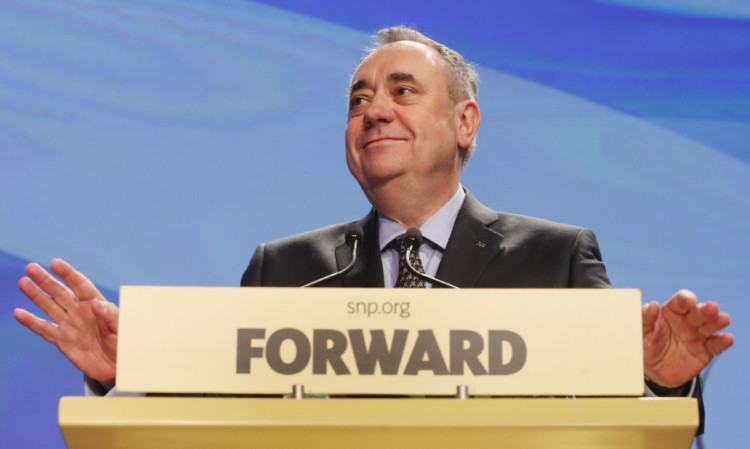
The Scottish National Party has been on a journey towards this September.
The SNP and Yes Scotland love to claim Scotland’s on a journey, with the destination inevitably independence.
A Yes vote would confirm that analysis, a No vote will either add a few more miles to the journey or take it to a different destination altogether.
There have certainly been some bumps along the way and some interesting things to look at out of the window.
The SNP’s history begins in 1934 with the merger of the National Party of Scotland (NPS) and the Scottish Party. Back then even the SNP didn’t want independence.
To facilitate the merger the more radical NPS had to dump their demands for independence and take up the Scottish Party’s more gradualist approach calling for a devolved parliament.
A bill to grant Scotland home rule was nearly on the statute book before the First World War intervened.
After the war nationalist movements enjoyed something of a heyday across the globe before German and Italian enthusiasm for the concept went haywire.
In Scotland there was a dizzying array of splinter groups, conventions and associations all with their own acronyms involving liberal use of the letter S. Most were poorly attended and short lived.
Most entertaining among them was Wendy Wood’s Scottish Defence Force which drew up plans for armed action. But they got involved in a series of scrapes that the writers of Dad’s Army would have dismissed as too silly, such as getting hopelessly lost on a training camp in the Campsie Hills near Glasgow and hoping the Metropolitan Police would not notice a lot of men in kilts sent to London on an operation.
The SNP emerged as foremost among the separatist groups, took up the call for independence and saw its support grow steadily if slowly after the Second World War.
Winnie Ewing’s Hamilton by-election victory in 1967 marked the start of the SNP as a serious force in Scottish and UK politics. At local elections the following year they won the largest share of the vote.
The days of men in kilts stoating around were long gone but the party still had a lot of growing up to do.
The 1970s proved a false dawn. The SNP won a record 11 seats at the October 1974 general election and Labour laid on a devolution referendum to try to buy some more time in power.
That backfired when the referendum was won yet lost due to the stipulation that 40% of the electorate had to back the plan
The SNP turned “turkeys voting for Christmas”, as PM Jim Callaghan put it, when they supported the motion that forced a general election.
Margaret Thatcher won the 1979 poll, the SNP lost all but two of their MPs and plans for devolution were put into deep freeze.
Around this time the nationalists turned on each other with the ’79 Group calling for the SNP to stand for a socialist Scotland. Prominent ’79 Group leaders Alex Salmond and Kenny MacAskill were expelled from the party, only to be allowed back in.
An uneasy truce held the party together through the tough years of ambitious yet fruitless slogans like “Scotland Free by 93” and the one-eyed rabbit debacle that saw the party’s logo badly redesigned.
Once Labour, back in power, delivered a Scottish parliament the SNP began to get their act together, swiping the best bits of the New Labour election-winning manual to use against them.
Just as Ukip is discovering now, if you want to be taken seriously you have to shut down the so-called nuttier tendencies in your party.
Gaffes like Kenny MacAskill describing England’s football team as the Great Satan just don’t happen anymore.
Message discipline is strict, the party is well drilled and so it will remain while the great prize of independence remains within grasp.
Should it slip out of reach on this occasion, however, it’s anyone’s guess how the next leg of the SNP’s journey, and that of Scottish nationalism as a whole, will unfold.

Enjoy the convenience of having The Sunday Post delivered as a digital ePaper straight to your smartphone, tablet or computer.
Subscribe for only £5.49 a month and enjoy all the benefits of the printed paper as a digital replica.
Subscribe